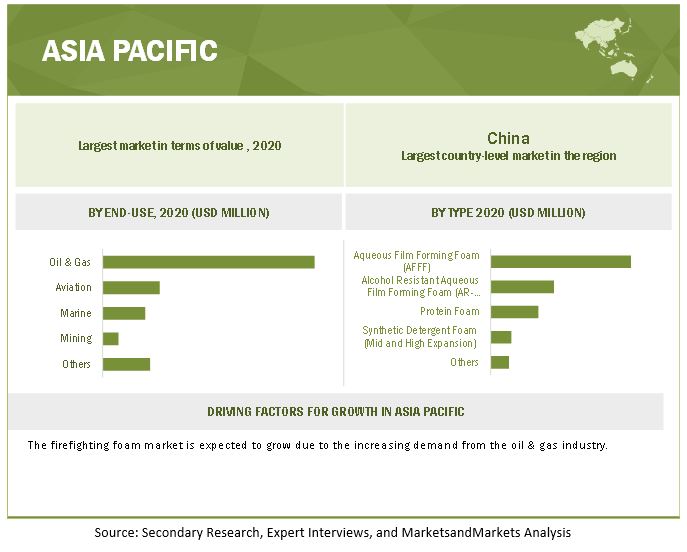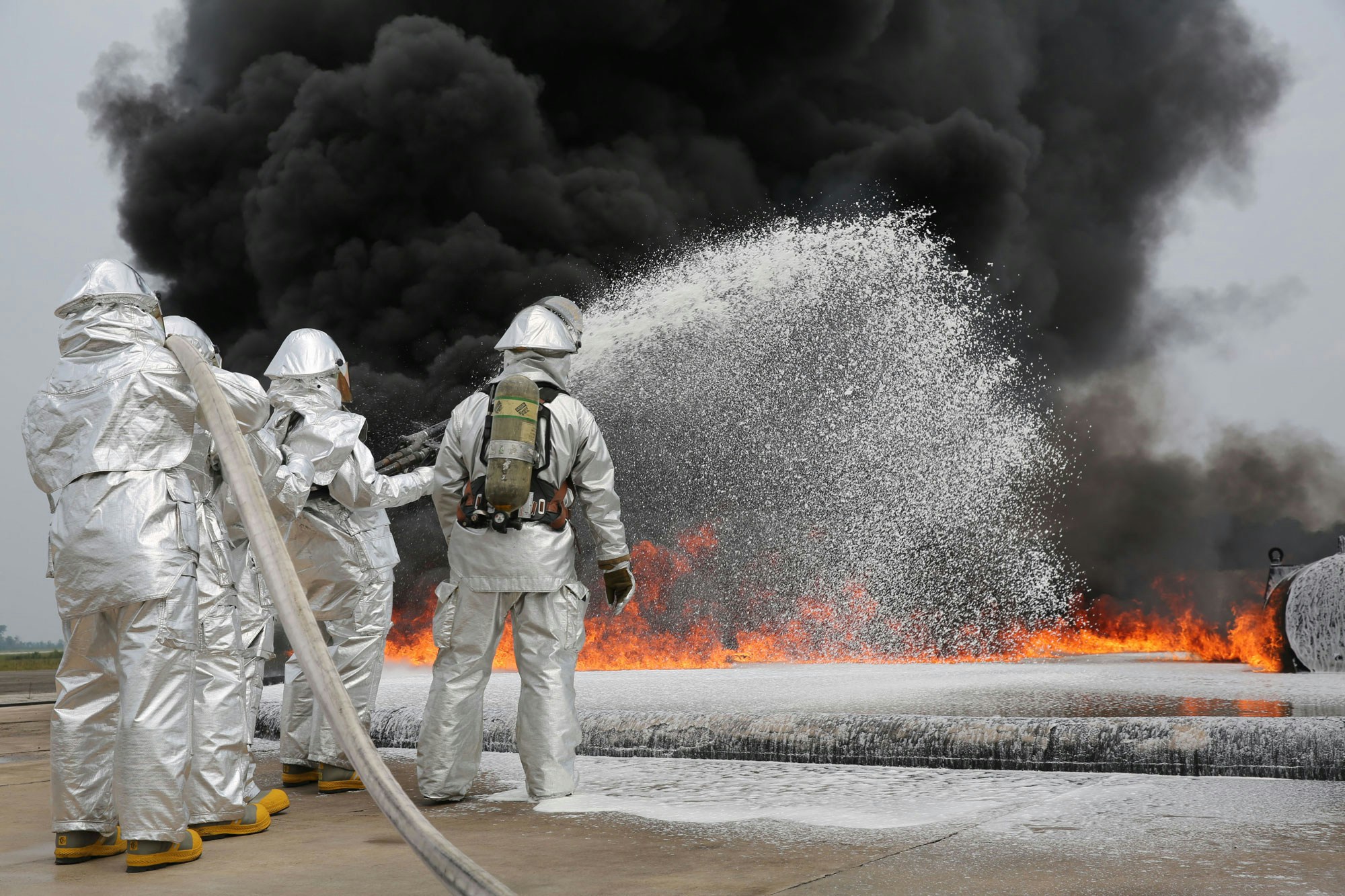class a foam acts as a surfactant which means that it
If you were to bubble air beneath the surface of a pure liquid the bubbles will rupture immediately. Class A Foam is one of the most effective and environmentally friendly products available for fighting and controlling wildland fire.

Destabilization Propagation And Generation Of Surfactant Stabilized Foam During Crude Oil Displacement In Heterogeneous Model Porous Media Langmuir
Class A foam is for use against Class A fires such as paper rubber textiles and wood.

. If these bubbles reach the surface with a liquid fraction ε in the 01-02 range then they are a. A water-loving end and an oil-loving end. Youll have noticed that pure liquids do not form a foam.
It is trivially easy to make a foam - just mix air and liquid with some energy and bubbles will form. A fire fighting foam is simply a stable mass of small air-filled bubbles which have a lower density than oil gasoline or water. The word surfactant means surface active agent.
Class A Foam is specially formulated to make water more effective for firefighting. The surface tension affects foam in two obvious ways though in fact they are the same thing. The surfactants align at the foam solutionair interface so that the water-loving end.
Class A foam solutions surfactants have two ends. Class A foams are mainly made of synthetic surfactants. Class A foams are often intended for use at very low concentration of 01 to.
The surfactants in Class A foam significantly reduce waters surface tension and when mixed. When air is also added to the water and surfactant. Class A on the other hand is generally applied at ratios between 03 percent for overhaul operations wet foam and one percent for exposure protection dry foam with 05.
The energy need to increase the surface area A is γδAδt so a low γ means more foam for less. Foam is made up of three ingredients -. As the name implies surfactants stir up activity on the surface you are cleaning to help trap dirt and remove it from the surface.
Answer 1 of 2. These surfactants are selected for their 2 main properties. Class A Foam.
What is class A foam made of. How a Foam Acts on a Fire Smothering - The use of a foam blanket will provide an excellent covering that can be used to surround a fuel thereby breaking a side of the tetrahedron. Class A foam when used with water acts as a surfactant Because Class A foam acts as a surfactant when mixed with water its able to more effectively penetrate deep-seated.

Foamability Of Aqueous Solutions Role Of Surfactant Type And Concentration Sciencedirect

Surface And Bulk Properties Of Surfactants Used In Fire Fighting Sciencedirect

Us11117008b2 Siloxane And Glucoside Surfactant Formulation For Fire Fighting Foam Applications Google Patents

Physicochemical Control Of Foam Properties Sciencedirect

Amazon Com Cocojojo Coco Glucoside Surfactant 16 Oz Natural Foaming Cleanser Plant Derived Biodegradable For Formulations And Diy Skin Care For Shower Gels Body Soap Shampoos Face Cleansers Beauty Personal Care

Surfactant Basics The Eco Well

Use Of Foam On Class A Fire Bioex

Firefighting Foam Market Global Forecast To 2026 Marketsandmarkets
3 Firefighting Foams Pfas Per And Polyfluoroalkyl Substances

Surface Active Agents Surfactants Types And Applications

Pdf Foamability Of Detergent Solutions Prepared With Different Types Of Surfactants And Waters

Class A Foam Concentrate Wetting Agent Edarley Com

The Role Of Surfactant Structure On Foam Behaviour Sciencedirect

Surface Active Agents Surfactants Types And Applications

Characterisation And Properties Of Class C Fly Ash Based Geopolymer Foams Effects Of Foaming Agent Content Aggregates And Surfactant Sciencedirect



.jpg)